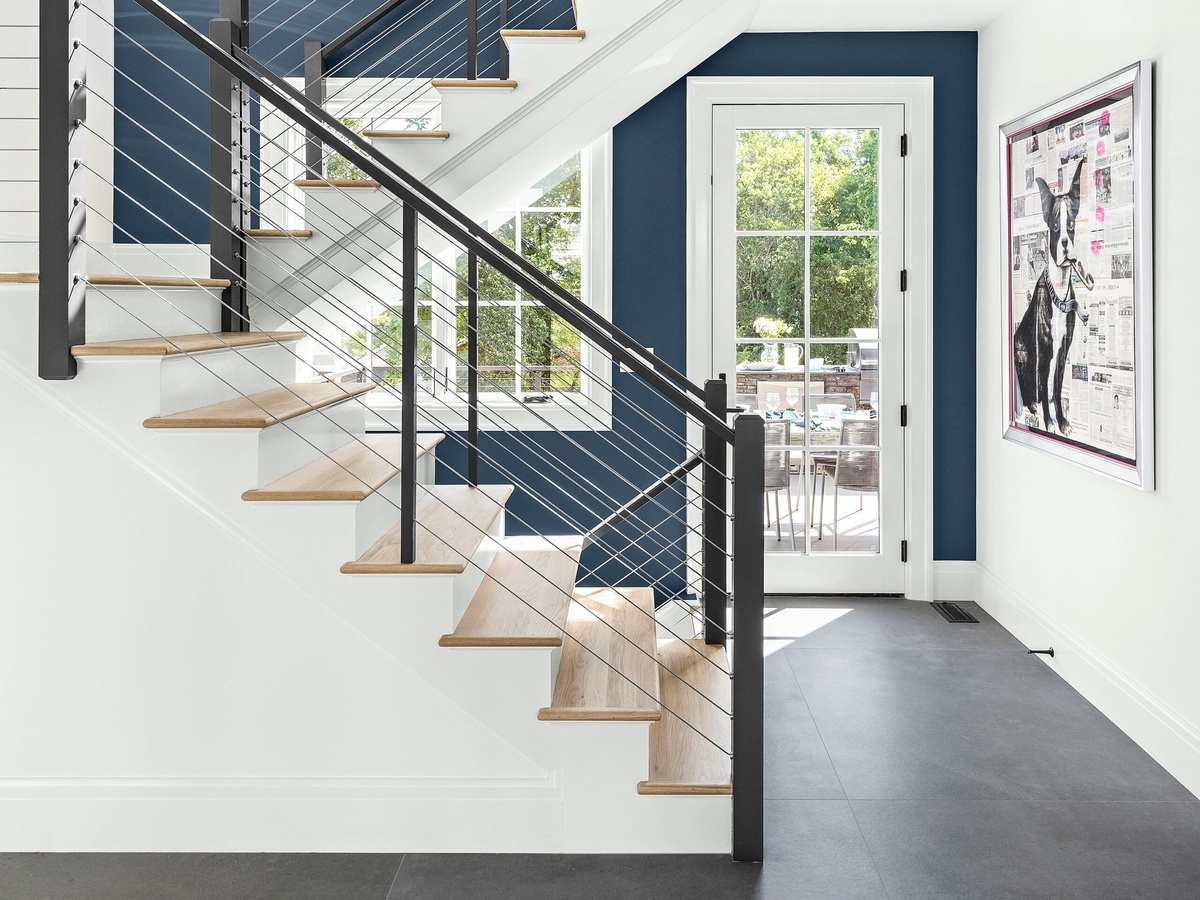Building stairs in the Toronto area is not just about functionality; it's about adding an element of architectural beauty and safety to your home or property. Whether you're embarking on a new construction project or renovating an existing space, a well-constructed staircase can make a significant difference. In this comprehensive guide, we'll take you step by step through the process of building stairs in the Toronto area, ensuring that you achieve both aesthetics and safety.
- Plan and Design Your Stairs
The first step in building stairs in Toronto is careful planning and design. Consider the purpose of the stairs and their location within your property. Are they indoor or outdoor stairs? Will they be straight or curved? How many steps do you need? These questions will help you determine the style, size, and layout of your staircase.
- Understand Building Codes and Permits
Toronto has specific building codes and regulations that govern the construction of stairs. It's essential to understand these codes to ensure that your stairs meet safety standards. Depending on the type and location of your stairs, you may need permits from the city. Consulting with a local building authority or a professional contractor can help you navigate these requirements.
- Gather Materials and Tools
Once you have a design in mind and the necessary permits, gather the materials and tools required for the project. Common materials for stair construction include wood, concrete, or metal for the steps, and handrails. You'll also need tools such as a saw, hammer, measuring tape, level, and safety equipment.
- Prepare the Site
Before you start building, prepare the site by clearing any obstacles and ensuring a level and stable foundation. If you're building outdoor stairs, consider drainage to prevent water accumulation and damage.
- Construct the Stringers
Stringers are the diagonal supports that hold the steps in place. They are an integral part of stair construction. Depending on the design, you can use pre-cut stringers or custom-cut them to fit your specific dimensions. Make sure they are securely attached to the structure or landing.
- Install the Treads and Risers
Treads are the horizontal surfaces that you step on, while risers are the vertical spaces between them. You can use a variety of materials for treads, including hardwood, concrete, or composite materials. Ensure that the treads are level and evenly spaced, providing a comfortable and safe walking surface.
- Add Handrails and Balusters
Handrails and balusters are crucial for safety, especially for stairs with more than three steps. In Toronto, building codes often require handrails to be at a specific height and balusters to be spaced a certain distance apart. Ensure that these components are secure and meet local regulations.
- Finish and Decorate
Once the structural elements are in place, it's time to finish and decorate your stairs to match your overall design aesthetic. Sand and finish wooden stairs, or paint and seal concrete stairs. Consider adding non-slip treads or decorative elements that enhance the look and safety of your staircase.
- Conduct Safety Checks
Safety should always be a top priority when building stairs. Regularly inspect your stairs for any loose components, damaged treads, or signs of wear and tear. Keeping your stairs well-maintained ensures their longevity and safety.
- Seek Professional Guidance
While DIY projects can be rewarding, building stairs, especially complex or outdoor ones, can be challenging. If you're unsure about any aspect of the construction process, it's wise to consult with a professional contractor who specializes in stair construction. They can provide expert guidance and ensure that your stairs are not only functional but also safe and visually appealing.
In conclusion, building stairs in the Toronto area requires careful planning, adherence to local building codes, and a focus on safety. Whether you're adding a staircase to your home or renovating an existing one, following these steps will help you create a staircase that enhances both the beauty and functionality of your space. With the right materials, tools, and attention to detail, your stairs can become a stunning architectural feature that adds value to your Toronto property.


No comments yet